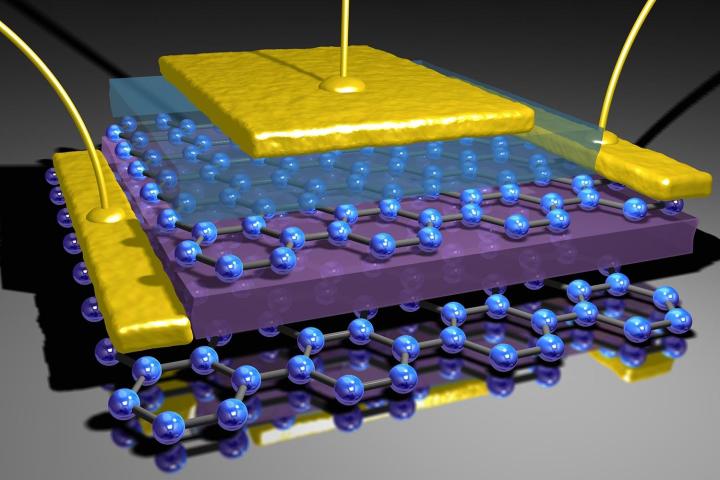
If you’ve been paid attention to computing at all in the past half a century, chances are you’ve heard of Moore’s law, which predicts that the number of transistors on integrated circuits will continue to increase every two years for the foreseeable future.
At the time Gordon Moore made this prediction in 1965, it was doubling every 24 months and, the pace has slightly slowed since then, we do still see progress roughly in line with that prediction. The latest generation of graphics cards from Nvidia and AMD brought us down to the 14nm level for graphics processors (GPU).
But there is a limit to how small transistors can become (we can’t build at a level smaller than an atom), and therefore how dense they can be packed on single processors. More importantly though, there’s a limit to how economically viable it is to continue shrinking the dies that these transistors sit on and that’s what we’re facing in a few years’ time.
Drops in die size proceeding by several tens of nanometres a few decades ago, which meant being able to cram a lot more transistors onto a single silicon wafer, meaning big cost savings compared to the generation that went before. That meant that advancements to improve performance were much more cost effective.
Now, with just a few nanometers sperating generations, that difference in cost and performance is much less stark. That’s part of the reason that it’s been a while since any hardware generation has really blown us away.
So what can we do to keep this tech-train moving when 2021 rolls around? The suggestion is that the industry will move on from the current FinFET design transistors to something known as gate-all-around. These are an advancement on the FinFET process and can even be built upon a technology known as nanowires, which could start to move us beyond silicon as a building block for our favorite chips.
Fortunately for Moore’s law, it may survive, because this technology makes it possible for transistors to go vertical. There may end up being an issue with thermals, but that’s where clever future tech like ‘electric blood’ might come in handy.
In short, the next decade is going to see some real innovation in computing, far more than we’ve seen in the recent past, and it could mean that the desktops, laptops and smart devices of the future feature very different hardware under the hood than they do today.
For all the details, read through the Semiconductor Industry Association’s report on the state of semiconductor development.



